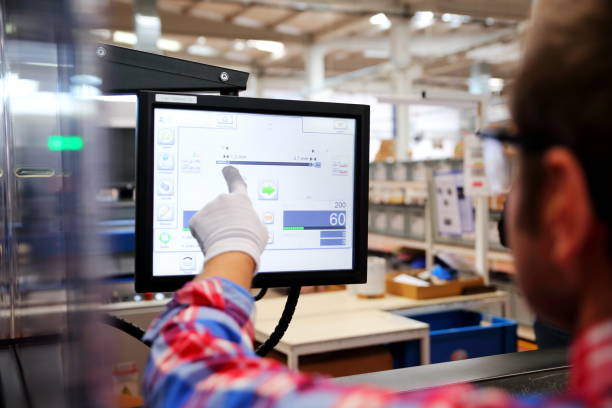Tips in Designing Sheet Metal
📆 2021-04-19

Many products are made of sheet metal, which is nothing more than metal rolled into a very thin sheet. Sheet metal can be made from a number of metals, including aluminum, titanium, copper, and brass. Sheet metal has the characteristics of versatility, durability and strength. It can be easily shaped and assembled for both visual and functional benefits, giving it a huge advantage for use in manufacturing and building. It is the visual and functional uses that define both design and fabrication.
While design and fabrication are two separate and distinct operations, sheet metal designers must understand the fabrication process and requirements to provide a workable design. The fabrication process requires many complex and sometimes dangerous processes. Proper attention to design can help eliminate complications and reduce hazardous processes.
Sheet Metal Design Challenges
Ensuring that the parts fit, the arch is angled properly, and the counterbore and countersink are working are just some of the challenges faced when designing sheet metal fabrications. Bending is perhaps the most frequent feature of sheet metal parts and can be formed by a variety of methods and machines. Here are two tips for designing sheet metal:
-
When several bends are in the same plane try and design the section so that all the bends are facing the same direction.
-
Avoid large sections whenever possible, and especially large sections with small or detailed flanges.
Counterbore and Countersink require care to maintain material strength and prevent feature deformation during forming. For example:
-
The distance between the two countersinks shall be maintained at least 8 times the thickness of the material.
-
To ensure strength, the distance between the countersink edge and the material edge should be 4 times the material thickness.
To prevent deformation of the hole, the edge of the countersink must be at least 3 times the thickness of the material from the point of contact of the bend.
3D CAD for Sheet Metal Design
3D CAD has helped make sheet metal fabrication easier and safer by allowing the designer to visualize the fabrication process in virtual 3D, ensuring that the parts fit together, bends tilt properly, and the counterbore and countersink are functional. Using the right 3D CAD software package can also make many design processes faster, easier, and more accurate.
There is a flexible design approach that we Duta Laserindo Metal offer, such as when designing sheet metal for customers, of course using the best ways of working. We always make it easy for you to get sheet metal according to your needs.
別の記事

General Considerations for Metal Laser Systems
Metals are inorganic materials with high thermal and electrical conductivity. Metal can be rolled to form plates or sheets, or it can be...
略さずに →
Key Technologies of Laser Tube Cutting
Metode pemotongan tabung tradisional sulit untuk memenuhi kebutuhan produksi yang tinggi, dan bagian tabung yang diproses dengan metode pemrosesan tradisional...
略さずに →

